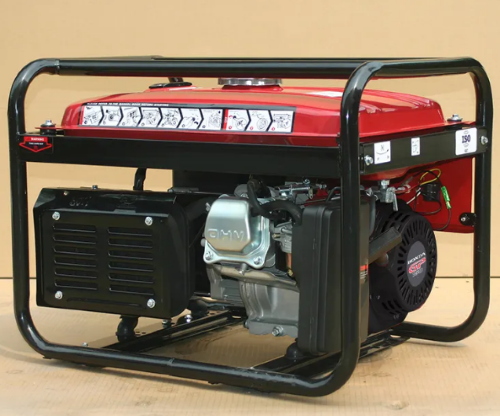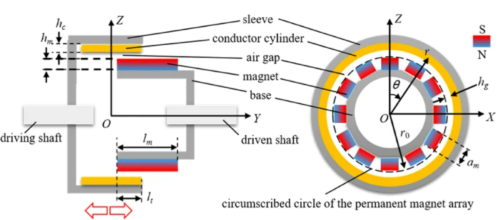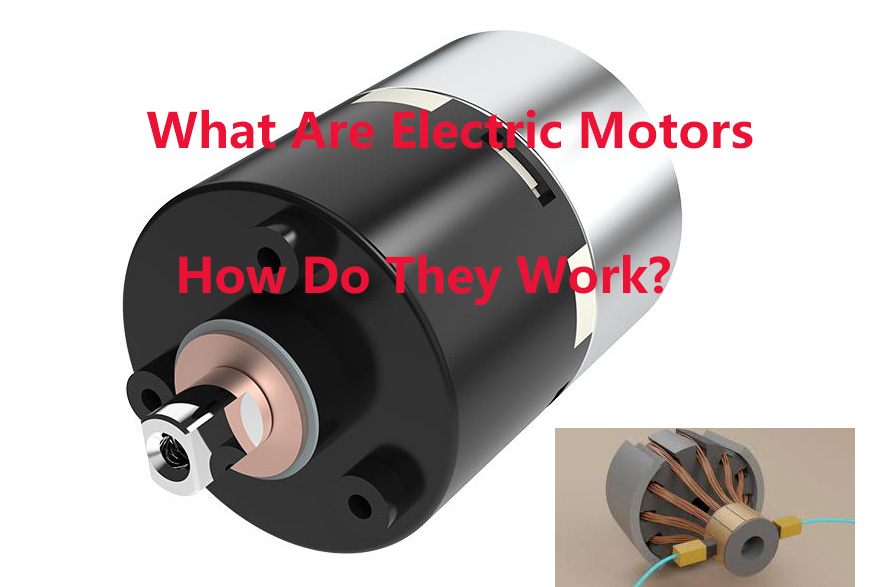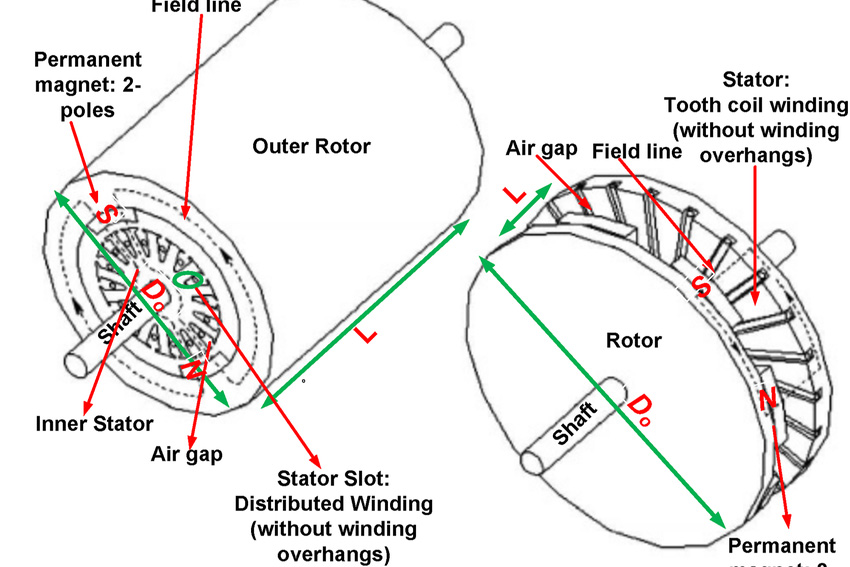Why Choose Permanent Magnet Generators over Traditional Alternators?
Introduction
When it comes to generating electricity, there are two primary types of Electric generators used in various applications: Permanent Magnet Generators (PMGs) and traditional alternators. While both serve the purpose of converting mechanical energy into electrical energy, each has its own set of advantages and limitations.
In this article, we will discuss the benefits of Permanent Magnet Generators over traditional alternators and the types of Electric generators that are commonly used in the industry.
What Are Electric Generators?
Electric generators convert mechanical energy into electrical energy through electromagnetic induction. The mechanical energy, sourced from wind, steam, combustion engines, or manual cranking, spins the rotor inside the generator. This movement causes the rotor's magnetic field to interact with the stator windings, inducing an electric current. The current is then collected by the stator and sent to an external circuit to power devices.

Electric generators are used in various applications. In power plants, they generate electricity for the grid, while renewable energy systems like wind turbines and hydroelectric plants use PMGs for efficient conversion. In the automotive industry, alternators charge vehicle batteries, and small-scale generators provide portable power for remote locations or emergencies.
Types of Electric Generators
--Permanent Magnet Generators (PMG)
-
- Working Principle: In a PMG, permanent magnets are used to produce the magnetic field instead of electromagnets. The rotor, made of permanent magnets, spins inside the stator, generating an electric current in the stator windings.
- Common Use: Common in applications like wind turbines, small power generation systems, and portable generators.
 [1]
[1]
--DC Generators
-
- Working Principle: A DC generator generates direct current (DC) by using a rotating armature within a magnetic field, with the output being rectified using a commutator.
- Common Use: Used in applications requiring DC power, such as in battery charging or small motors.
--Synchronous Generators
-
-
-
- Working Principle: These generators operate at a constant speed, with the rotor spinning at the same rate as the frequency of the output current. They are similar to alternators but are designed to work at specific speeds depending on the frequency of the electrical grid.
- Common Use: Used in large-scale power plants.
-
-
Further reading: Permanent Magnet Generator: An Overview
Benefits of Permanent Magnet Generators over Traditional Alternators
As industries move toward more efficient, compact, and cost-effective power generation methods, PMGs have gained significant attention due to their numerous advantages over traditional alternators. Here are the key benefits:
1. Higher Efficiency
One of the standout benefits of PMGs is their higher efficiency compared to traditional alternators. Since PMGs use permanent magnets to generate the magnetic field, there is no need for an external power source to energize the rotor. This eliminates the energy losses that occur when an electromagnet is used in traditional alternators. In turn, this results in more electricity generated with less energy input.
In contrast, traditional alternators require additional power to excite the rotor’s magnetic field, which leads to efficiency losses. The use of external energy in alternators can result in an overall reduction of the system’s efficiency, particularly at low speeds or under variable load conditions.
2. Compact Design
PMGs are inherently more compact and lighter than traditional alternators. This is because PMGs do not require the bulky components associated with the exciter system (such as the DC excitation system in alternators). The absence of brushes and slip rings also contributes to a more streamlined design.
This compactness is especially beneficial in applications where space is limited, such as in wind turbines, portable generators, and electric vehicles. Furthermore, PMGs offer higher power density, meaning they can generate more power relative to their size.
3. Reduced Maintenance Requirements
Traditional alternators require regular maintenance due to the wear and tear of brushes, slip rings, and other moving components. The constant friction between these parts leads to maintenance issues and downtime.
On the other hand, PMGs have fewer moving parts, primarily consisting of permanent magnets and a rotor. There are no brushes or slip rings to maintain, which significantly reduces the overall maintenance costs and extends the lifespan of the generator. This is particularly advantageous in remote or hard-to-access areas, where maintenance can be costly and time-consuming.
4. Lower Weight and No Need for Excitation Power
The lack of an excitation system in PMGs means they are lighter and more efficient in terms of power generation. Traditional alternators, by contrast, need external excitation power to energize their magnetic field. This not only adds extra weight but also consumes power that could otherwise be used for generating electricity.
PMGs, with their permanent magnets, do not rely on external excitation, making them more efficient, lighter, and suitable for applications where minimizing weight is crucial, such as in aerospace or electric vehicles.
5. Better Performance in Variable Speed Applications
PMGs perform exceptionally well in variable speed applications. Unlike traditional alternators, which may require complex control systems to regulate the output as the speed of rotation changes, PMGs can generate a stable electrical output over a wide range of speeds.
This feature makes PMGs particularly suitable for renewable energy sources, such as wind turbines, where the wind speed can fluctuate. The ability to generate power consistently, even at low speeds, is a major advantage for applications that rely on unpredictable or variable input sources.
6. Higher Reliability
PMGs offer higher reliability due to their simpler construction and fewer components prone to wear. Since PMGs do not use brushes, slip rings, or external excitation systems, there is less risk of mechanical failure, making them a more reliable choice for long-term, continuous operation.
Traditional alternators, with their more complex designs and moving parts, are more prone to failures and wear, which can result in costly repairs and downtime.
7. Lower Environmental Impact
PMGs generally have a smaller environmental footprint compared to traditional alternators. The absence of an external power source for excitation and fewer moving parts mean they require less energy to operate, and their compact design results in fewer materials being used in their construction.
This can have a significant environmental benefit, particularly in renewable energy applications like wind and hydroelectric power generation, where minimizing energy consumption and materials usage is crucial.
Conclusion
Permanent Magnet Generators (PMGs) offer numerous advantages over traditional alternators, including higher efficiency, reduced maintenance requirements, compact design, and better performance in variable speed applications. These benefits make PMGs an ideal choice for renewable energy systems, electric vehicles, portable generators, and other industries that demand efficient, reliable, and compact power generation solutions.
Stanford Magnets is a leading supplier of high-quality permanent magnets and magnetic products, offering a diverse range including neodymium, samarium cobalt, alnico, ceramic magnets, and custom magnetic assemblies. Tailored solutions with customized designs are also available. Send us an inquiry if you are interested.
Reference:
[1] Lu, Y., Wang, X., Yang, C. et al. Design and operation of high-power permanent magnet speed regulator used in industry. Sci Rep 13, 2656 (2023). https://doi.org/10.1038/s41598-023-29187-7















